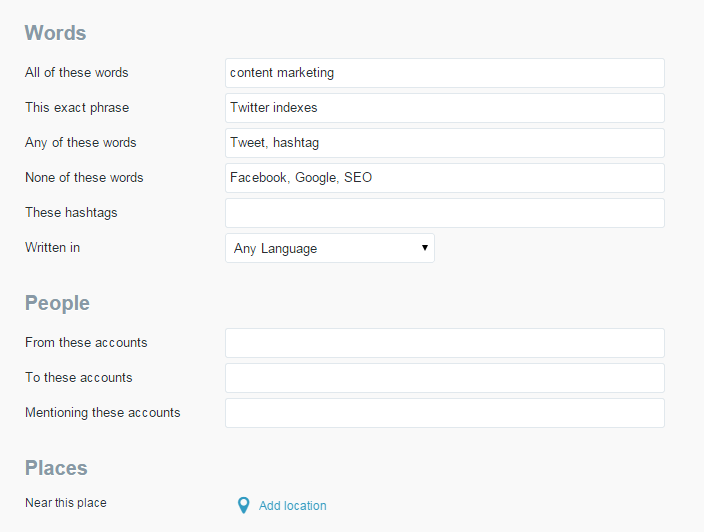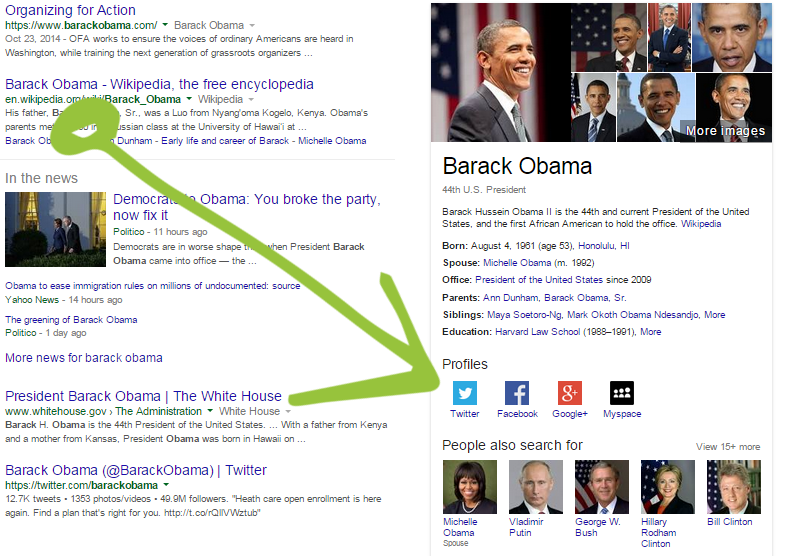One of the limitations of social media marketing is audiences have to specifically seek out brands on individual social channels. A person who wants to see a company’s Facebook content, for example, would need to be active on Facebook and look there – or at least follow a blog call to action that directs them to check out Facebook.
But Google is looking to change that with an update that brings all available social information directly into SERPs. According to SEO Roundtable, the search engine is now including social icons for multiple networks in Knowledge Graph results. This is a big deal for brands that want to maximize activity across channels and give audiences more options in terms of the networks they use to stay connected.
Piercing the social veil with search functionality
There’s more good news for social media marketing professionals, and it comes from Twitter. As Brafton reported, hashtags recently started being indexed for Google search so users could more easily access information shared in Tweets.
Now, Twitter is opening the floodgates by updating its own internal search function. Instead of giving searchers access to about a week’s worth of recent Tweets and popularity based Top Tweets, anyone can go back and sift through the entire archive of Tweets posted since the network first went live in 2006.

This is great news for marketers looking to do more comprehensive social listening. There’s now a much firmer record of all conversations about particular keywords, users and hashtags, so marketers no longer have an incomplete picture of their audiences and the other content they see. Search fields include queries by keyword, hashtag, exact word matches, excluded words, location data, individual users and dates.
Marketing data is becoming more readily available, and brands need to be prepared to use it wisely. As Brafton reported, over a third of marketers think the quality of their data is lacking. So it’s important to properly integrate metrics into marketing strategies, whether it involves new paths to conversion (SEO to Knowledge Graph clicks to social media profiles to website content) or Twitter data that wasn’t previously accessible.





